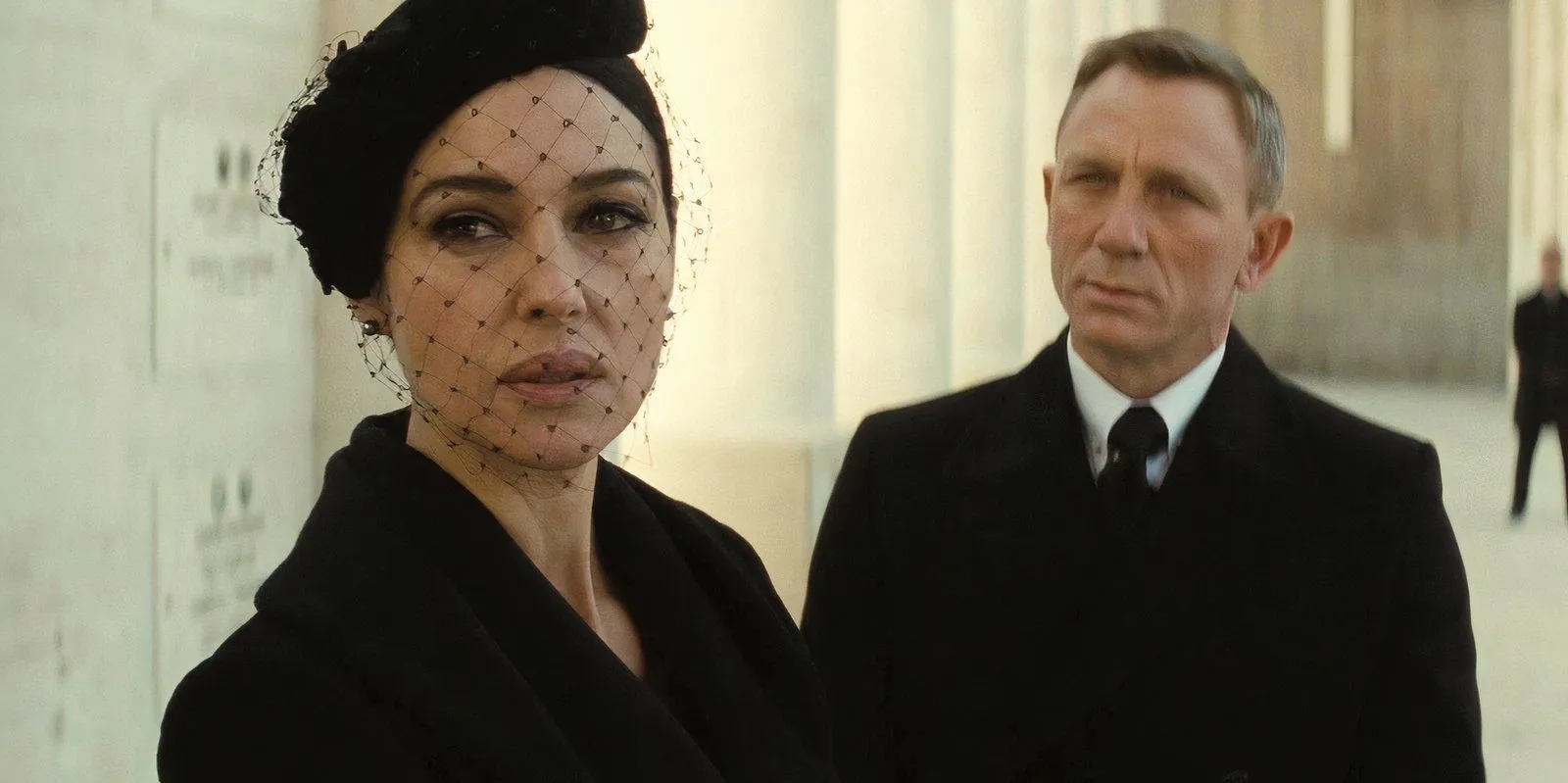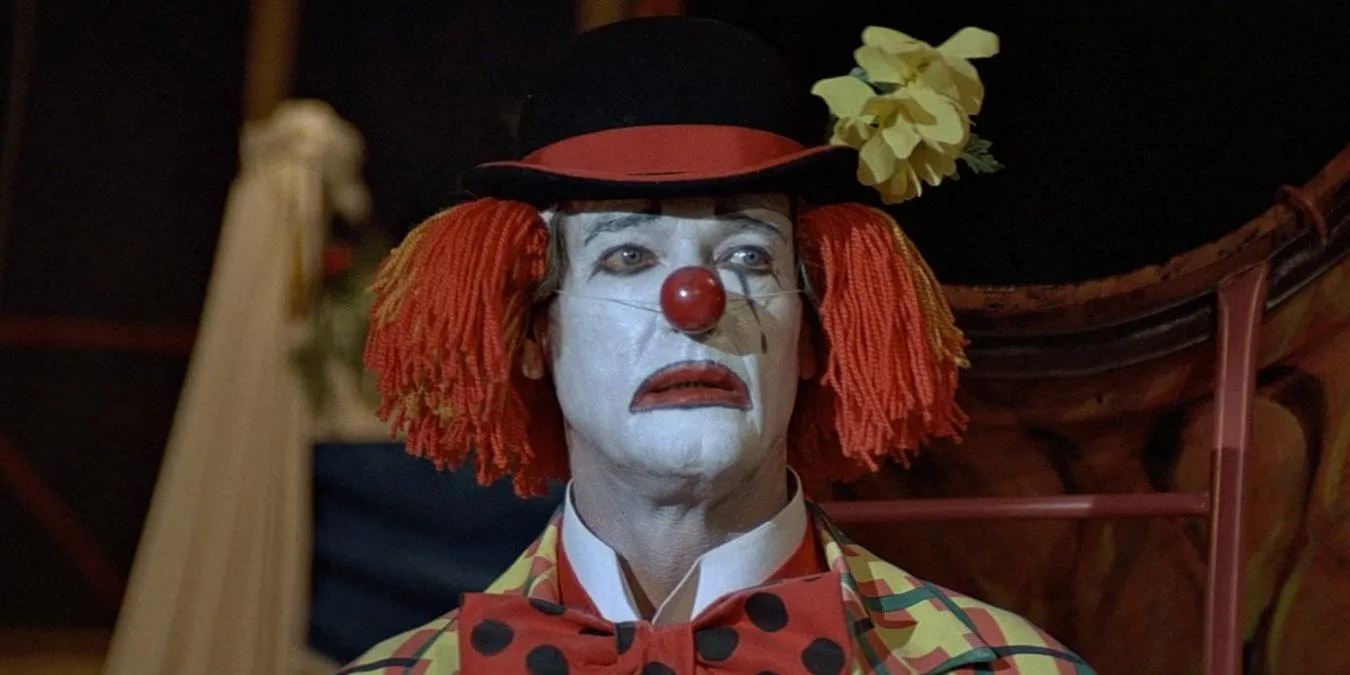
The Evolution of James Bond: Moments that Redefined the Franchise
The James Bond franchise is a cornerstone of cinematic history, renowned for its unique ability to break conventions. Every now and then, the series surprises audiences by stepping beyond the traditional bounds of action films, delivering moments that not only entertain but also transform our understanding of the character. These scenes serve as reminders that Bond embodies more than the suave, gadget-filled agent we’ve come to know—he is a complex, human figure, navigating a world filled with uncertainty and danger.
This analysis explores pivotal moments where the James Bond series has defied conventions, redefined its lead character, and left a lasting impact on both audiences and the action genre. Some instances evoke debate, while others remain indelibly etched in the legacy of 007.
1. Bond’s Emotional Vulnerability in Casino Royale (2006)

In his first outing as Bond, Daniel Craig surprised viewers with a raw display of vulnerability. Unlike previous portrayals, Craig’s Bond didn’t just engage in physical confrontations and fleeting romances; he formed a deep, complex relationship with Vesper Lynd. Their love story was intricately woven, marked by emotional turmoil rather than the superficial connections seen in earlier films.
The devastating impact of Vesper’s betrayal ultimately transformed Bond, propelling him into the emotionally scarred agent audiences would come to recognize in subsequent films. This pivotal moment showcased a side of Bond that was deeply human, confronting heartbreak in a way that resonated with viewers.
2. The Dark Side of Bond in License to Kill (1989)

License to Kill marked a turning point in the Bond franchise, showcasing a grittier, more personal take on the character. Bond, upon witnessing the violent death of his friend’s wife, goes rogue, disregarding MI6’s directives and seeking revenge. This film was a bold departure from the suave exterior of previous installments, earning a PG-13 rating and setting a new precedent for the franchise.
Timothy Dalton’s portrayal centered on emotional intensity, depicting a Bond who was driven by personal vendetta rather than a global crisis. Viewers were presented with a flawed hero wrestling with darker impulses, offering a captivating exploration of the character’s psyche.
3. The First Female Bond Villain in A View to a Kill (1985)

In a franchise often characterized by male antagonists, May Day, played by Grace Jones, shattered stereotypes as one of the first female villains. More than a mere sidekick, May Day’s strength and complexity posed a formidable challenge to Bond, redefining the archetype of female roles within the series.
Her eventual betrayal of Zorin, along with her sacrifice for Bond, illuminated her character’s depth and agency. May Day’s evolution from adversary to ally showcased the potential for female characters in the spy genre to possess immense power and influence.
4. The Emotional Depth of On Her Majesty’s Secret Service (1969)

In the realm of Bond films, On Her Majesty’s Secret Service stands out for its exploration of emotional depth. The relationship between Bond and Tracy di Vicenzo is one of the most compelling narratives in the series, culminating in a marriage that illustrates Bond’s desire for a life beyond espionage.
Tragically, Tracy’s death after their wedding shatters Bond, revealing his vulnerability. This moment profoundly impacted audiences, showcasing a side of Bond never before depicted—one that is grief-stricken and deeply human.
5. Bond’s “Off the Grid”Moment in Skyfall (2012)

In Skyfall, Bond faces a scenario stripped of his signature gadgets and support. Returning to his childhood home, the film delves into his survival instincts amidst a psychological thriller backdrop. The dramatic shift from flamboyant action to raw survival reflects a complex character grappling with his past.
This introspective journey emphasizes Bond’s humanity, highlighting that he is more than just an expert in combat—he is a figure confronting his legacy.
6. Jaws Turns Good in Moonraker (1979)

Initially appearing as a menacing villain in The Spy Who Loved Me, Jaws undergoes a significant transformation in Moonraker. His unexpected romance with Dolly humanizes him and ultimately leads to a moment of redemption. This evolution of Jaws adds depth to his character, demonstrating the capacity for change even among the franchise’s most notorious villains.
7. Bond’s Outlaw Status in Die Another Day (2002)

In Die Another Day, we witness a rare and dark aspect of Bond’s character as he is captured and disavowed by MI6. The portrayal of an unshackled Bond, tortured and on the run, unfolds a gritty narrative that contrasts with previous films. Here, Bond’s vulnerabilities are laid bare, exposing a raw, desperate side that is usually masked by his suave persona; a genuinely compelling exploration of what makes him just like any other human.
8. The Theme of Aging and Legacy in Spectre (2015)

By the release of Spectre, Bond is portrayed as a figure grappling with the passage of time. The film deftly addresses themes of aging and the notion of leaving a legacy. The acclaimed opening scene sets the stage for Bond’s internal conflict, emphasizing his struggle against mortality while also creating a space for personal connections. This introspective approach demonstrates that Bond is not merely a timeless action hero, but an evolving character navigating complex trials.
9. Bond Goes Undercover as a Circus Clown in Octopussy (1983)

Among the plethora of disguises James Bond adopts, the circus clown persona in Octopussy stands out as one of the most absurd yet compelling. Attempting to foil a nuclear threat, Bond dons the eccentric makeup of a clown, showing an unconventional yet daring side of his character. The juxtaposition of humor and high-stakes tension creates a memorable scene, encapsulating Bond’s resolve to use any means necessary to avert disaster.
10. The Initial Visualization of Bond in Dr. No (1962)

The moment Sean Connery delivers his iconic line, “Bond. James Bond,” it crystallizes the essence of intrigue and charisma that would define the franchise for generations. Set against the backdrop of a casino, Bond’s nonchalant demeanor establishes a tone that resonates through cinema history, making it not only an introduction to this beloved character, but a cultural hallmark that endures despite the passage of time.
The James Bond franchise continues to evolve, consistently achieving the unexpected and challenging the norms of action cinema. From emotional vulnerability to unconventional storytelling, these defining moments contribute richly to the legacy of 007—a character that remains endlessly compelling.




Leave a Reply